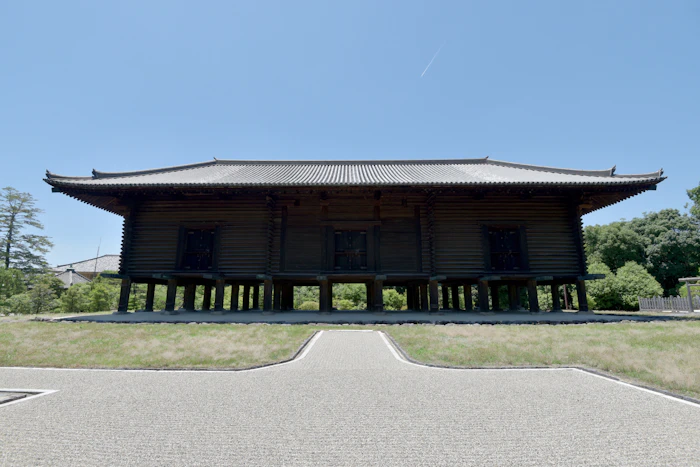
articles
Paper of the Ancients: The Oldest Record Preserved in the Shosoin
Echizen washi first stepped onto the stage of history during the Nara period (710–794). The oldest surviving example is a document titled "越前国正税帳," dated to 730 CE and preserved in the Shosoin Imperial Repository in Nara. This artifact served as an official state record of family registers and tax collections. Its existence proves that the Echizen region already commanded advanced papermaking techniques and supplied paper for crucial state affairs.
The Nara period saw the establishment of a centralized government under the *ritsuryo* legal system and the flourishing of Buddhism as the state religion. This led to a surge in demand for paper, needed for everything from national census records and official documents to the widespread practice of sutra copying at temples. Echizen washi, with its superior quality, rose to meet this demand, becoming a cornerstone that supported both the state apparatus and the diffusion of Buddhist culture.
As Japan entered the Heian period (794–1185), the applications for Echizen washi expanded. It was a time when courtly literature, penned by female authors like Murasaki Shikibu, author of "源氏物語" (The Tale of Genji), and Sei Shonagon, who wrote "枕草子" (The Pillow Book), blossomed. Echizen washi became the treasured, elegant paper (*ryoshi*) upon which they composed their timeless works. It was no longer just a tool for record-keeping but was celebrated as a medium for expressing culture and art.

This article is for members only.
Please register to read the rest of the article.
- Read members-only articles
and use text-to-speech. - Unlimited article favourites
and browsing history. - Attend members-only events.
- Get the latest information
with our email newsletter.





